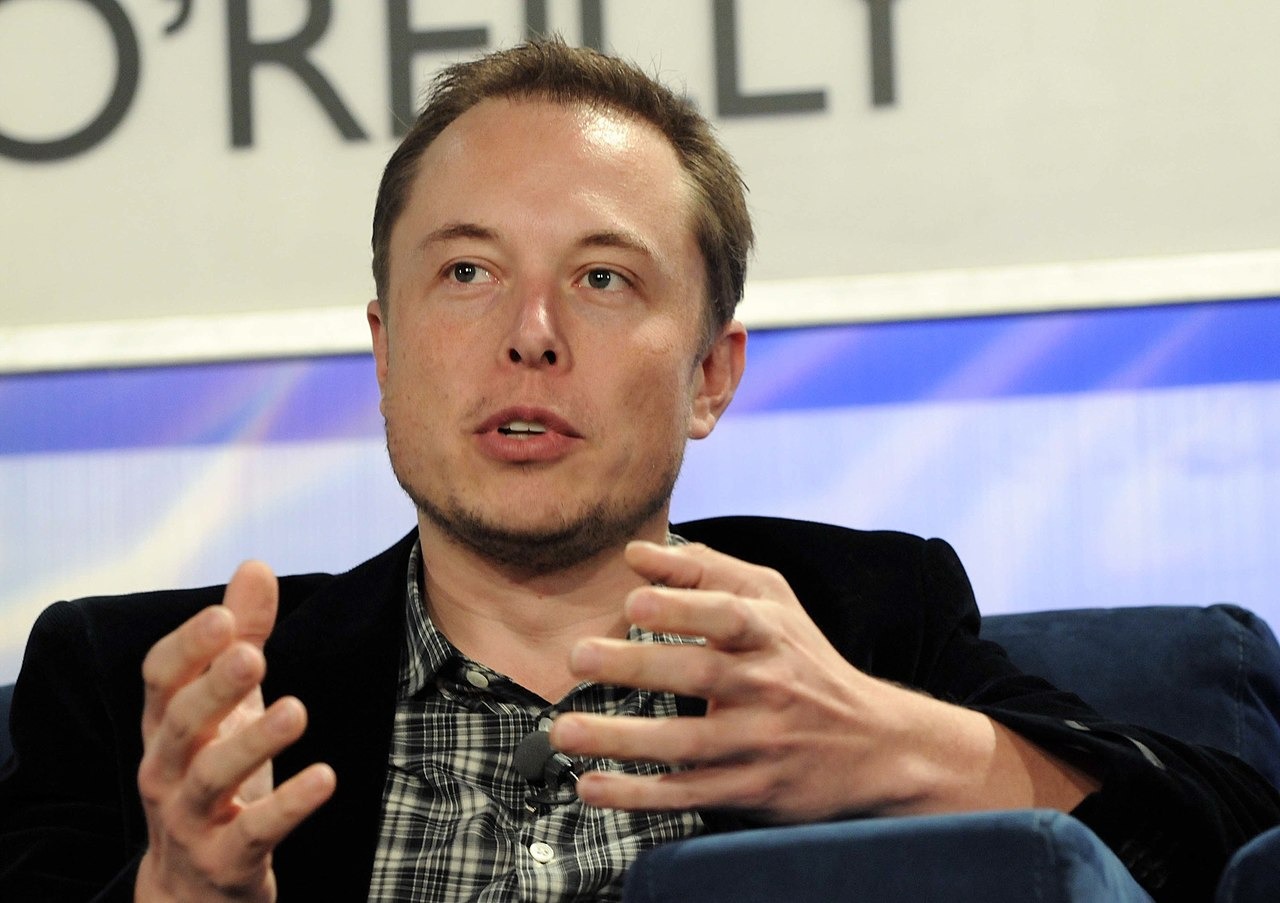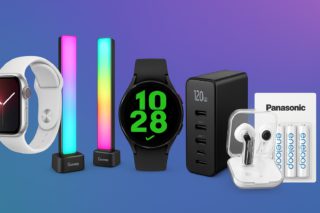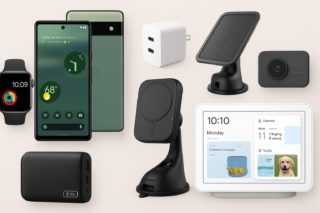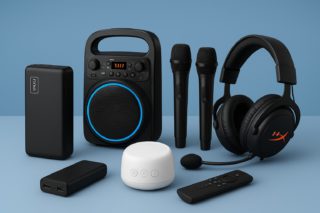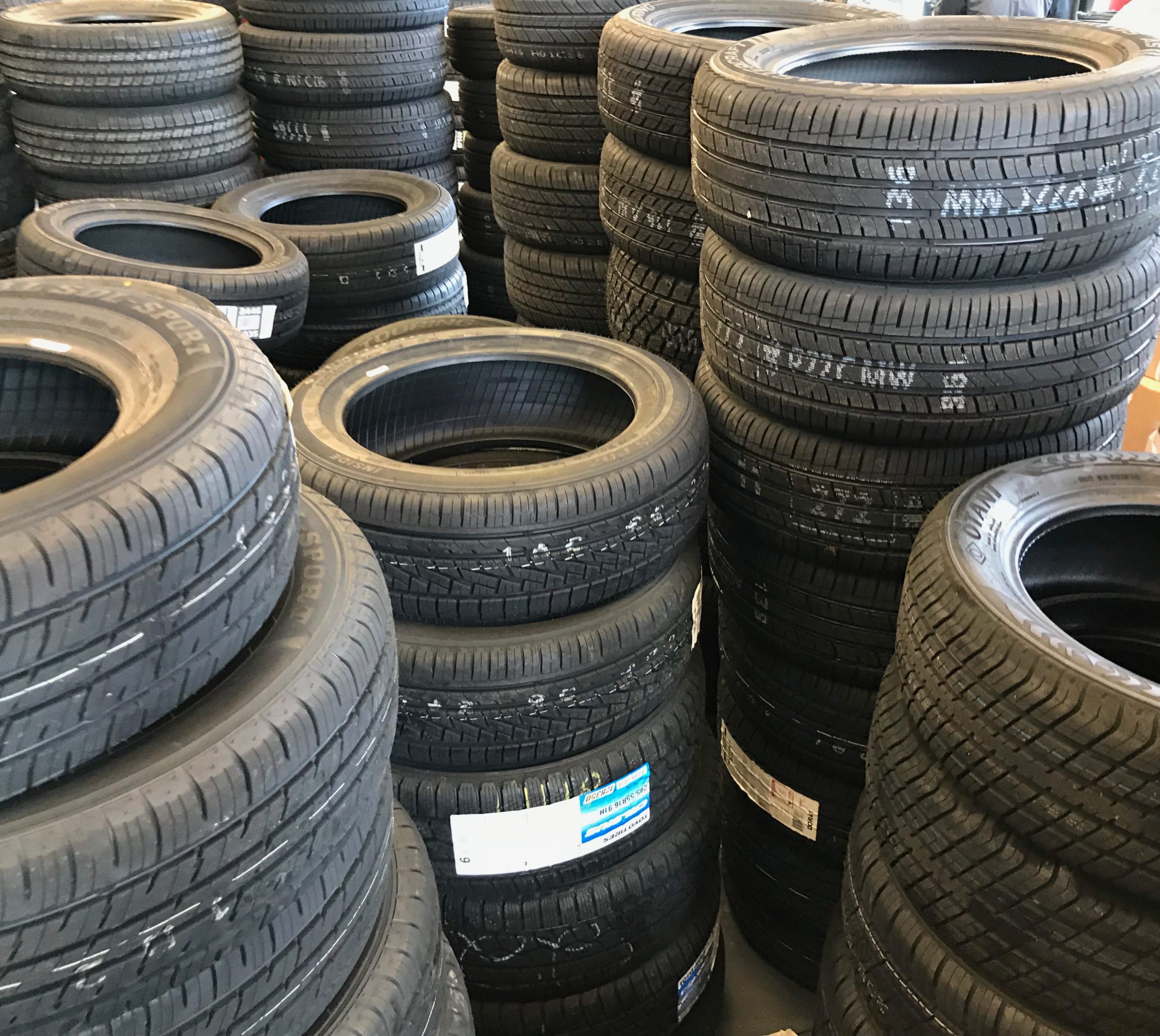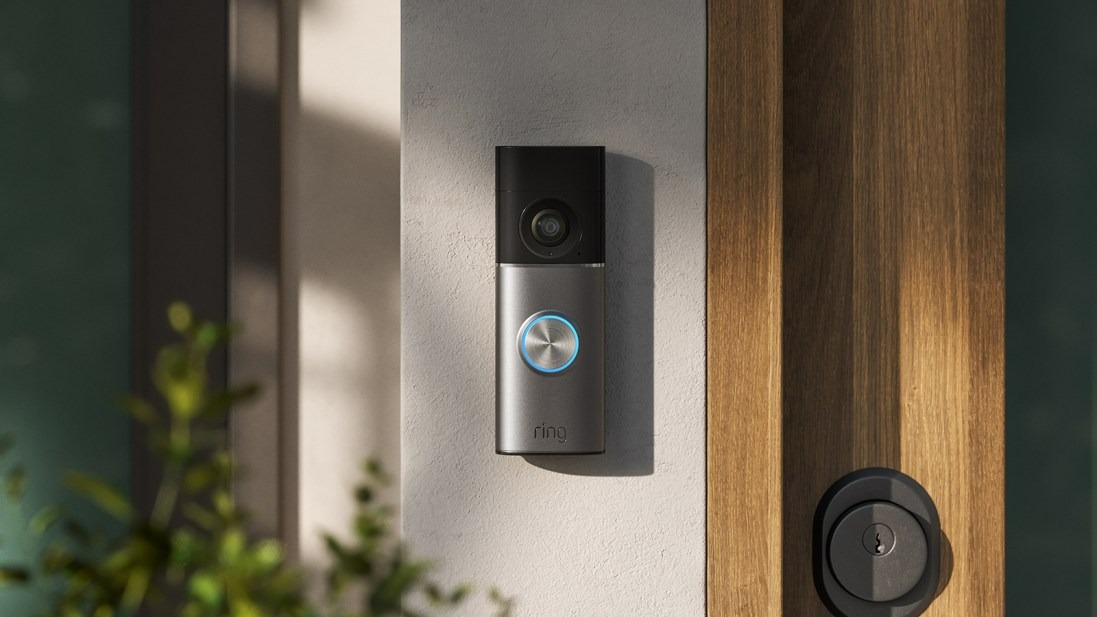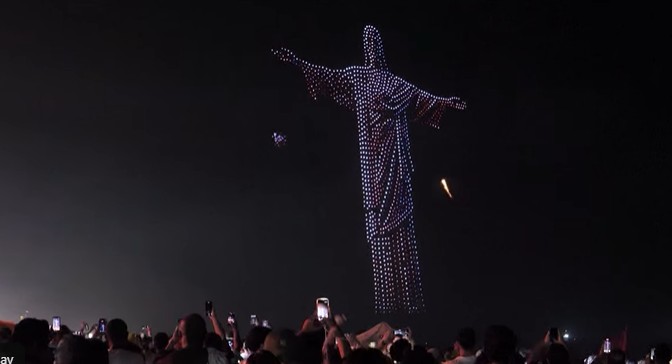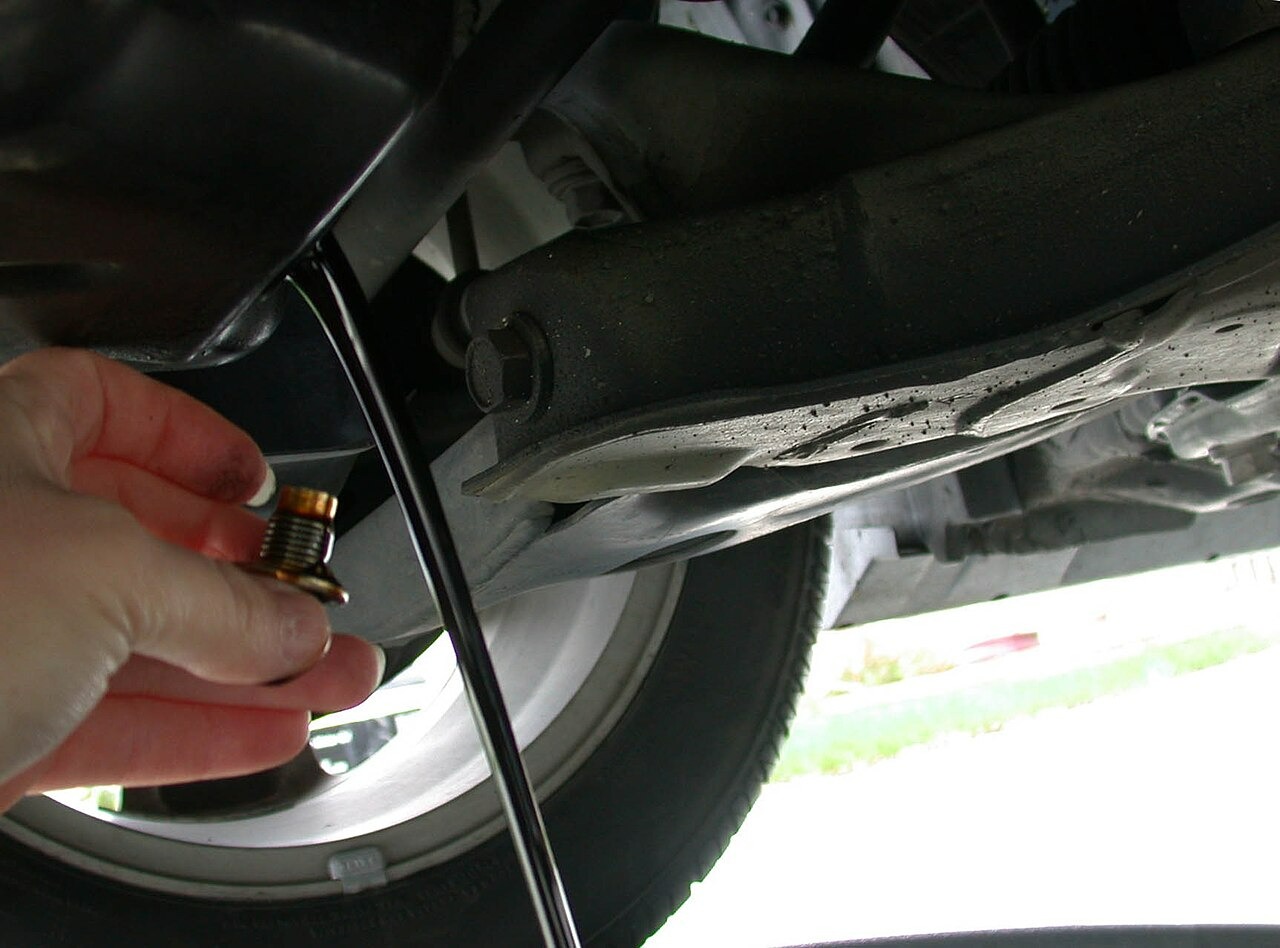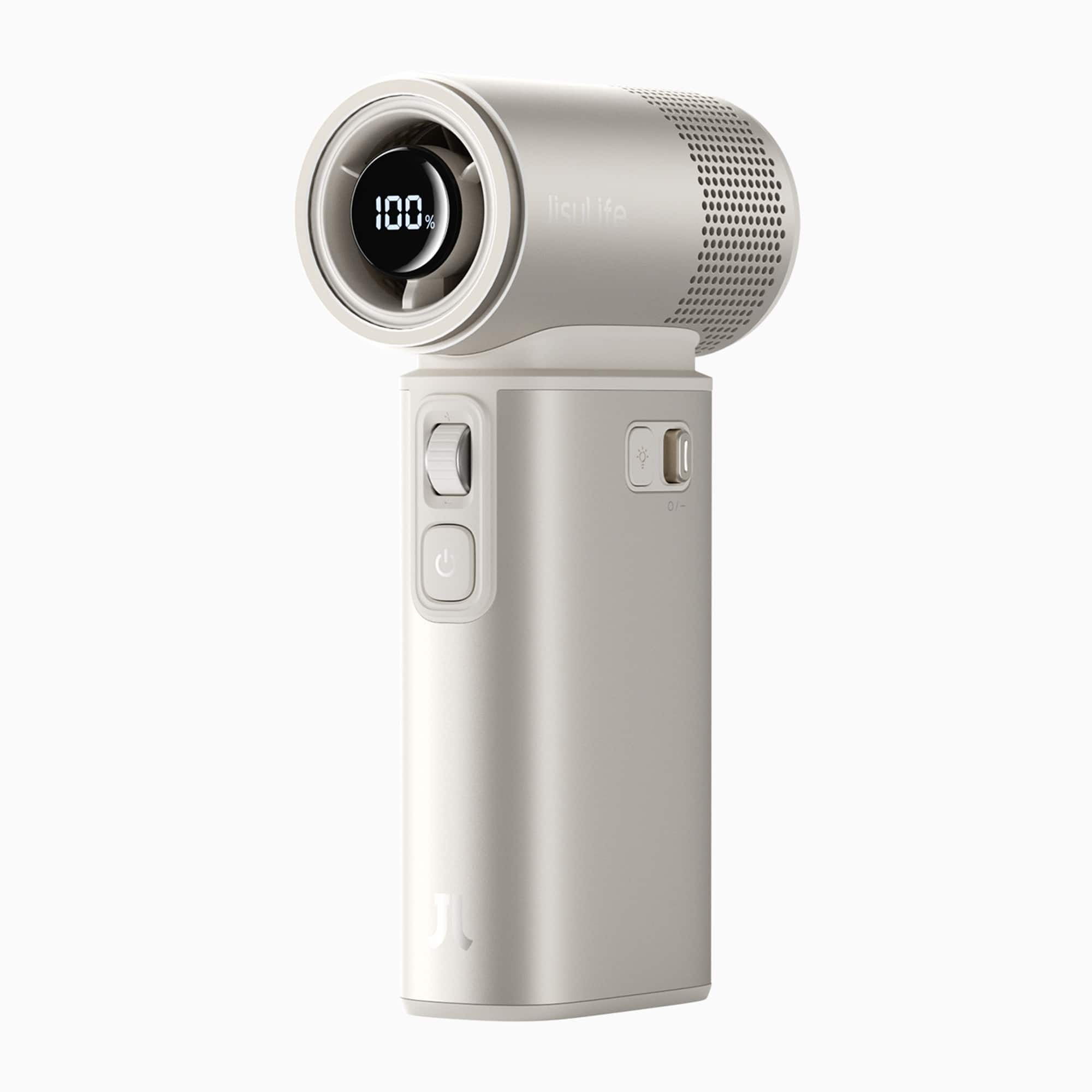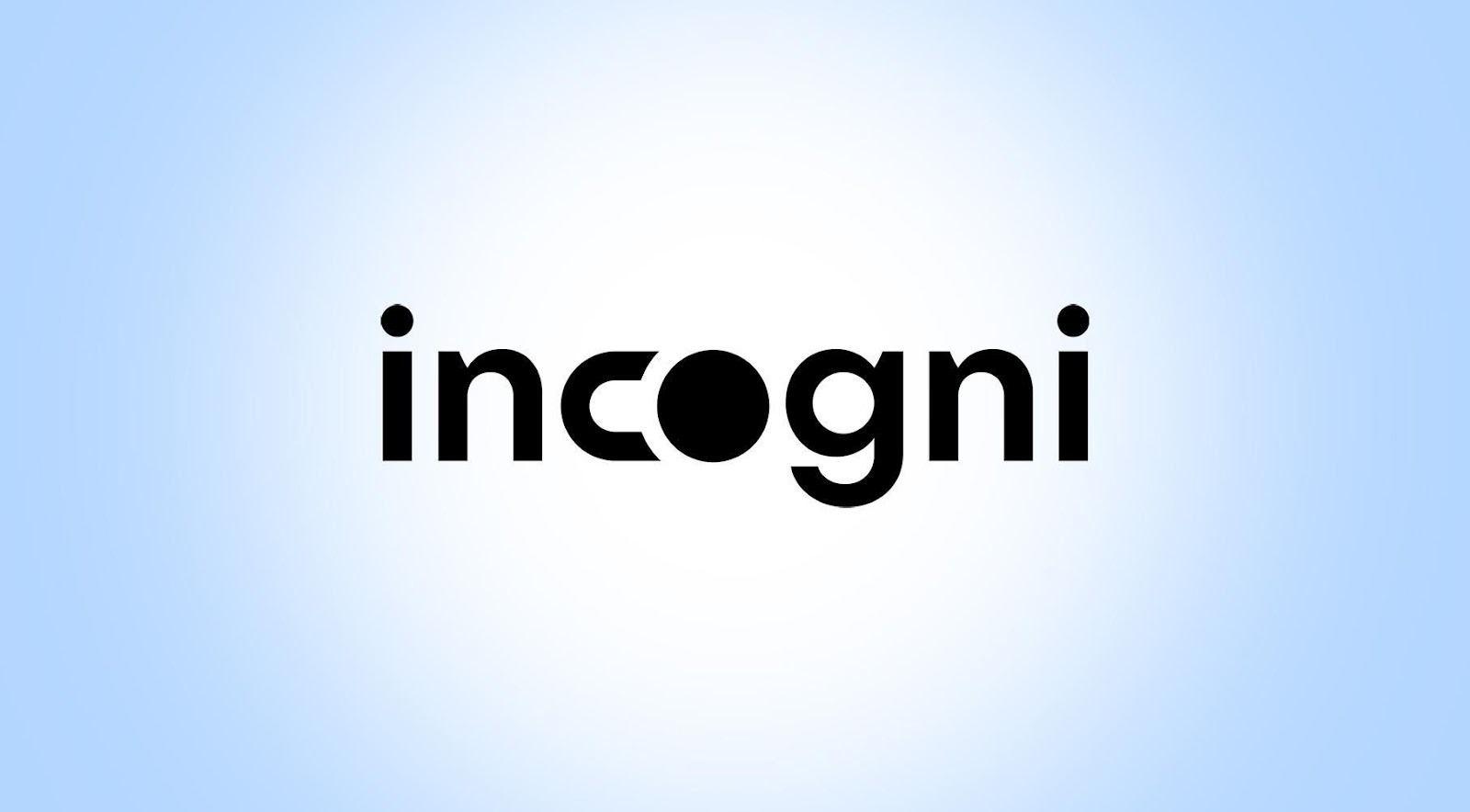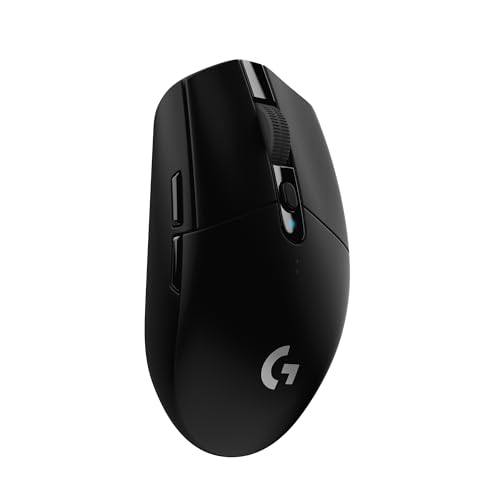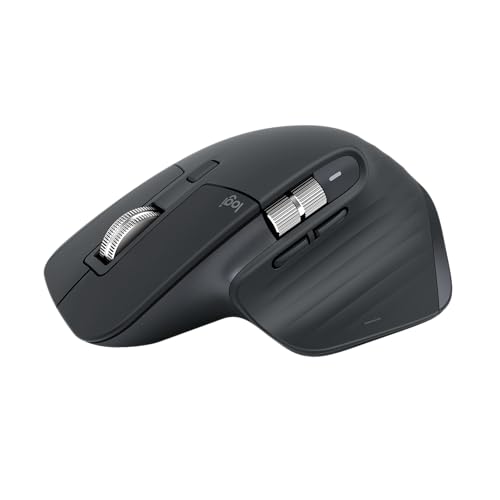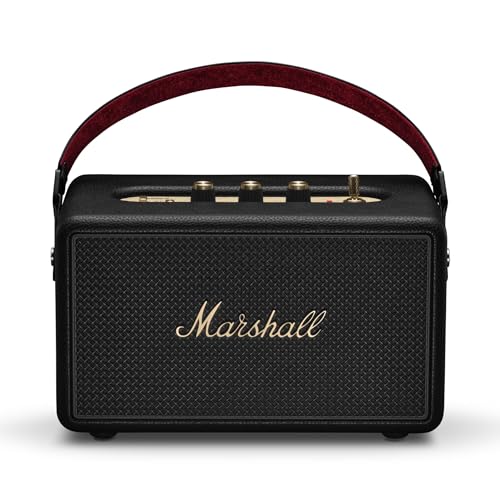Your Starlink customer service experience just became a preview of Tesla’s AI future. SpaceX has committed $2 billion to xAI as part of a $5 billion equity round, deepening the ties between tech billionaire Elon Musk’s ventures as his artificial intelligence startup races to compete with rival OpenAI, according to Wall Street Journal reports. This isn’t just corporate musical chairs—it’s a calculated move to weave Grok AI into every device and service you use across Musk’s empire.
The Real Integration Play
Tesla integrates Grok chatbot into more than just its vehicles. Grok is already being used to power customer service features for Starlink, the satellite internet service run by SpaceX, delivering the kind of contextual awareness that makes you wonder why other companies’ bots still ask you to repeat your account number three times. SpaceX’s $2 billion injection gives xAI the resources to handle an expanded workload while competing directly with OpenAI’s GPT models, with plans already underway for deeper integration.
Think of it as Musk’s version of the Marvel multiverse, except instead of superheroes crossing over, it’s AI capabilities flowing between your satellite internet, electric vehicle, and social media platform. The Grok chatbot is now powering Starlink support and is eyed for future integration into Tesla’s Optimus robots, according to investor reports from the funding round organized by Morgan Stanley.
Strategic Ecosystem Building
This move transforms isolated tech purchases into interconnected experiences. Your Tesla could potentially tap Starlink’s satellite data for real-time traffic optimization while Grok learns from your X interactions to customize in-car recommendations. The integration promises the kind of seamless functionality that Apple built with its ecosystem, but across industries from space to social media.
The funding gives xAI more resources to build out infrastructure and develop its Grok AI chatbot, with the company operating 200,000 graphics processing units at its Colossus facility in Memphis, Tennessee. The company has stated plans to expand to a 1 million GPU facility, though this remains a future target rather than a completed buildout.
The investment also signals Musk’s answer to Big Tech’s AI dominance. While Google and Microsoft pour billions into their respective AI platforms, Musk’s strategy leverages existing hardware touchpoints across SpaceX, Tesla, and X to create stickier, more personalized experiences. This marks SpaceX’s first known investment in xAI and one of its biggest investments in any outside company, highlighting the strategic importance of this cross-pollination.
Beyond the Headlines
Grok 3’s AI performance claims remain central to xAI’s messaging—even as public trust wavers. Despite recent controversies involving Grok’s responses, Musk has called it “the smartest AI in the world,” and xAI continues to spend heavily on model training and infrastructure. The company recently launched Grok 4, though it faced immediate backlash after posting offensive content, prompting xAI to issue a public apology for what it called “horrific behavior.”
The $2 billion investment comes at a time when SpaceX continues significant spending on the development of its Starship rocket, which has faced multiple development challenges this year.
Your next Tesla software update might include capabilities that didn’t exist when you bought the car. Musk has indicated plans to integrate Grok into Tesla’s humanoid robots and potentially expand its role across his business ecosystem. That’s the promise—and the gamble—of Musk’s increasingly intertwined tech empire, where space technology, artificial intelligence, and consumer electronics converge into a single, comprehensive platform.


